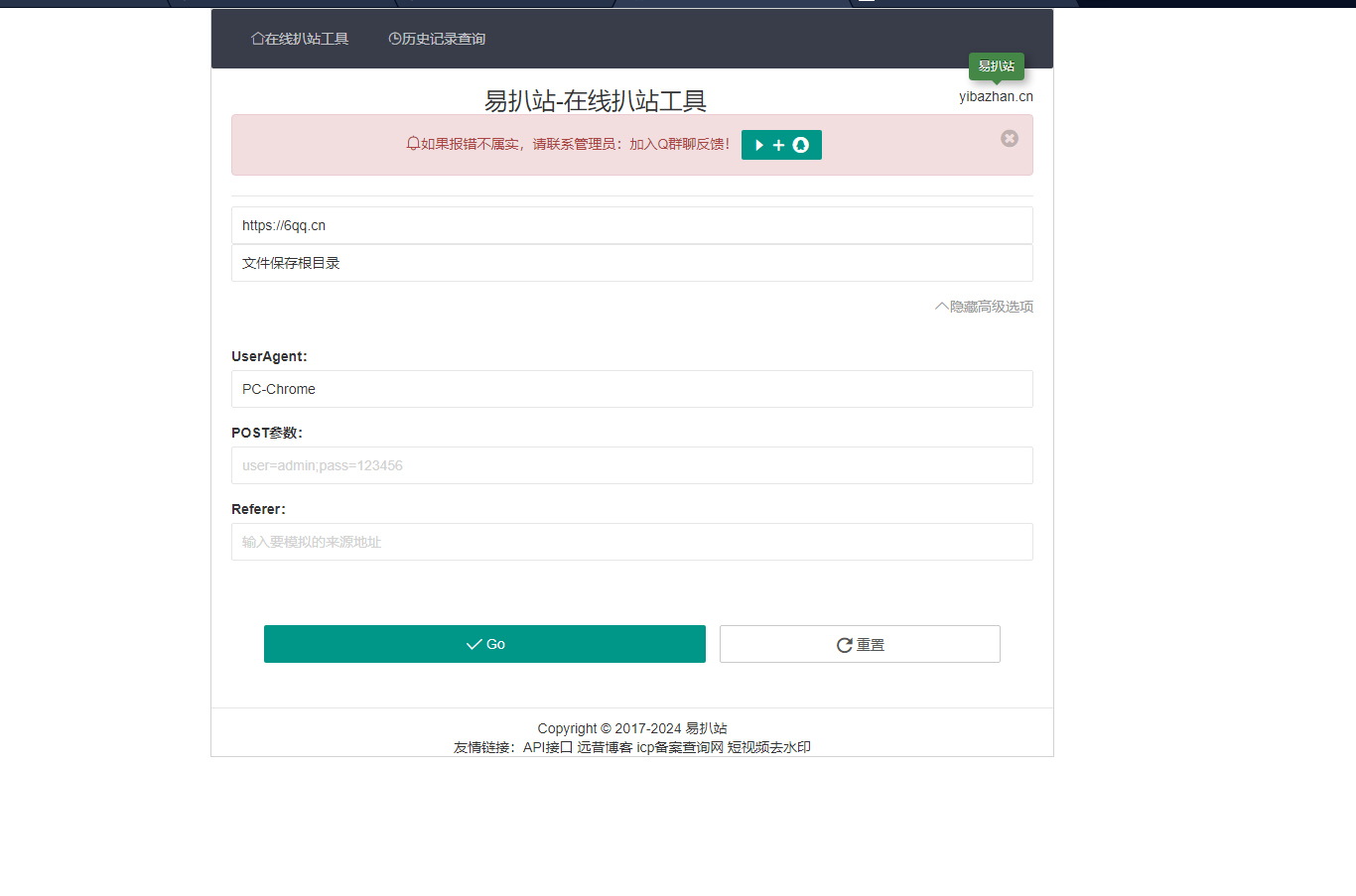
構建出色的在線分享平臺:Webman的分享應用指南
隨著互聯網的不斷發展,人們越來越依賴于在線分享平臺來獲取各種信息和資源。如今,通過分享平臺,我們可以輕松地分享照片、視頻、文檔,與他人交流、合作和學習。在本文中,我們將介紹如何構建一個出色的在線分享平臺-Webman,并提供代碼示例,以幫助你輕松實現。
- 確定需求
在構建Webman之前,首先要明確你的需求。你的分享平臺是為了分享特定類型的內容,比如圖片、視頻,還是多種類型的內容?是開放式的還是需要用戶登錄才能分享和訪問?這些需求將決定你需要建立哪些功能。 - 搭建基礎
在構建Webman之前,你需要搭建一個適合的Web開發環境。選擇適合你的編程語言和框架,并確保你有足夠的資源來支持你的應用程序。在本文中,我們將以Node.JS和express.js為例。
首先,打開命令行工具,并創建一個新的文件夾,作為你的項目根目錄。然后,使用以下命令初始化你的應用程序:
$ npm init
根據提示,輸入項目的基本信息。
接下來,安裝Express.js和其他可能需要的依賴庫:
$ npm install express $ npm install --save-dev nodemon
安裝完成后,創建一個新文件 index.js,并添加以下代碼:
const express = require("express"); const app = express(); const port = 3000; app.get("/", (req, res) => { res.send("歡迎訪問Webman分享平臺!"); }); app.listen(port, () => { console.log(`應用程序運行在 http://localhost:${port}`); });
保存文件后,在命令行中運行以下命令以啟動應用程序:
$ npx nodemon index.js
你應該能夠在瀏覽器中訪問 http://localhost:3000,并看到 “歡迎訪問Webman分享平臺!”的信息。
- 用戶身份驗證
如果你希望Webman成為一個需要用戶登錄的分享平臺,你需要實現用戶身份驗證功能。以下是一個簡單的示例,使用Passport.js庫來實現基于用戶名和密碼的本地身份驗證:
首先,安裝Passport.js和相關依賴庫:
$ npm install passport passport-local bcryptjs
創建一個名為 auth.js 的新文件,并添加以下代碼:
const passport = require("passport"); const LocalStrategy = require("passport-local").Strategy; const bcrypt = require("bcryptjs"); const users = [ { id: 1, username: "admin", password: "$2a$10$2fk9JntFr9RDTUo1nqbZ4eZAOtZ7wP91lzNHOJN7hYsEIDOvOhuCG" // 密碼: 123456 } ]; passport.use( new LocalStrategy((username, password, done) => { const user = users.find(user => user.username === username); if (!user) { return done(null, false, { message: "用戶名不存在" }); } bcrypt.compare(password, user.password, (err, result) => { if (err) throw err; if (result === true) { return done(null, user); } else { return done(null, false, { message: "密碼不正確" }); } }); }) ); passport.serializeUser((user, done) => { done(null, user.id); }); passport.deserializeUser((id, done) => { const user = users.find(user => user.id === id); done(null, user); }); module.exports = passport;
然后,修改 index.js 文件,添加身份驗證相關的代碼:
const express = require("express"); const app = express(); const port = 3000; const passport = require("./auth"); app.use(express.json()); app.use(express.urlencoded({ extended: false })); app.use(passport.initialize()); app.use(passport.session()); app.post("/login", passport.authenticate("local"), (req, res) => { res.redirect("/"); }); app.get("/logout", (req, res) => { req.logout(); res.redirect("/"); }); app.get("/", (req, res) => { if (req.isAuthenticated()) { res.send("歡迎訪問Webman分享平臺!已登錄"); } else { res.send("歡迎訪問Webman分享平臺!請先登錄"); } }); app.listen(port, () => { console.log(`應用程序運行在 http://localhost:${port}`); });
通過運行 $ npx nodemon index.js 啟動應用程序后,你將能夠在瀏覽器中訪問 http://localhost:3000,并進行登錄。
以上是Webman分享平臺的基本構建和用戶身份驗證的示例。根據你的需求,你可以進一步添加其他功能,如上傳文件、創建分享鏈接等等。通過以上示例和你的創造力,相信你能構建出一個出色的在線分享平臺Webman!
? 版權聲明
文章版權歸作者所有,未經允許請勿轉載。
THE END

















